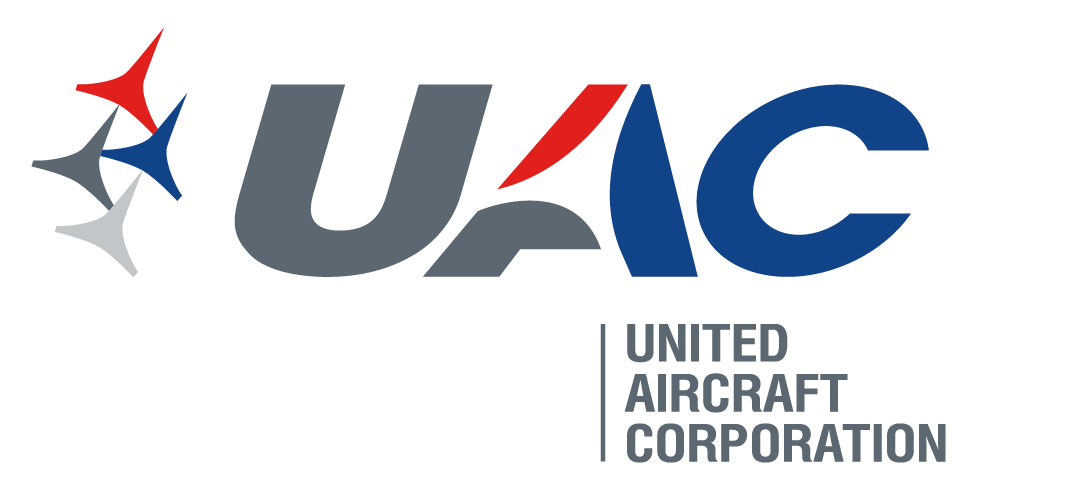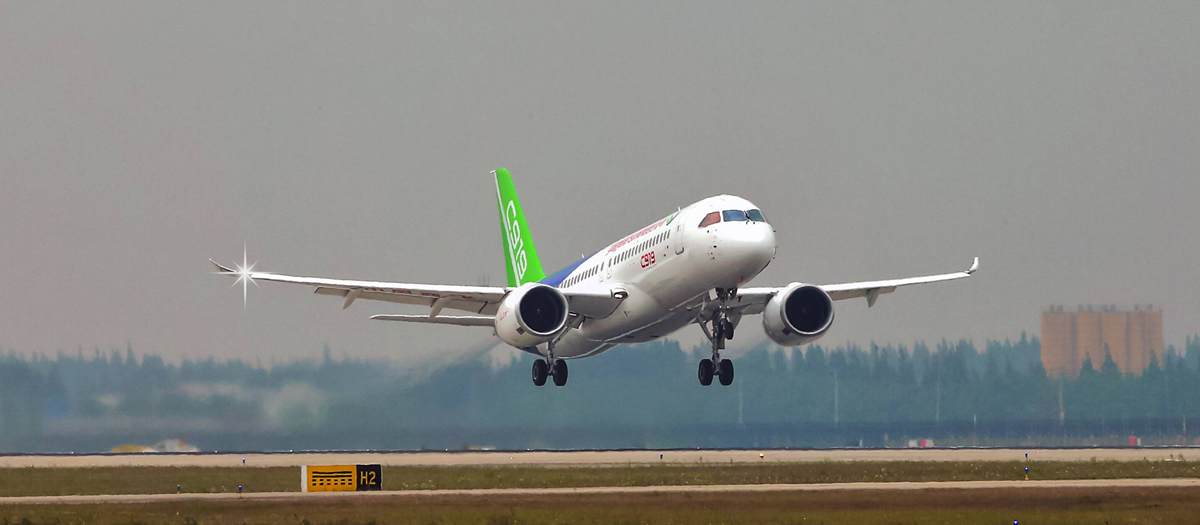Leeham News and Analysis
There's more to real news than a news release.
Pontifications: Outlook 2021 Series begins today
Jan. 4, 2021, © Leeham News: Beginning today through next week, Leeham News presents its annual Outlook series for the coming year.
We’ve been doing this for years. In recent years, the Outlook reflected continued growth in commercial aviation. The industry had the longest upward tick in the more than three decades I’ve been involved in the sector.
Not this year. As I wrote before the Christmas-New Year’s holiday period, 2020 was the worst year for commercial aviation I’ve ever seen in 41 years.
This year is the beginning of the end of the COVID crisis. Yes, the vaccines began distribution in December, but large spikes in COVID cases began simultaneously and are predicted to climb higher through the first quarter.
Over the coming days, as LNA provides its Outlook for 2021, readers will see what we believe will happen.
Pontifications: The risk of closing China to aerospace suppliers
Nov. 30, 2020, © Leeham News: The Trump Administration this month indicated it might expand its ban on doing business with certain Chinese companies.
The Administration says the additional companies have ties to the military. Included in the listing is COMAC.
Reuters reported the move Nov. 13.
If the Administration follows through during its remaining lame-duck time in power, and if the new Biden Administration doesn’t reverse or modify the plan, the long-term effect could hurt the US aerospace supply chain.
2024 will be key year for Boeing in Washington
This is the second in a series of articles examining how labor, Boeing and Washington state could move forward following the COVID pandemic. The first article is here.
Subscription Required
By Bryan Corliss
Analysis
Introduction
Nov. 30, 2020, © Leeham News — You might want to set yourself an Outlook calendar reminder for January 2024.
It’s going to be a pivotal year for Boeing, its home state and its workforce. By then, the company’s recovery from the current Covid-caused crisis should be underway, with the order book refilling.
The countdown should be on for the long-delayed roll-out of the reconceived NMA, at long last giving Boeing a real counter to the Airbus A321. And — barring a surge in 737 MAX orders after its return to service — Boeing could be close to making some tough decisions about the future of the 737 program, thinking hard about whether after 60 years it’s finally time to design and build a clean-sheet replacement.
Also by then, the 787 program will have fully consolidated into Charleston, and the last 747 will have departed the Paine Field flight line, leaving The World’s Largest Building (By Volume) half-empty.
Then, in January 2024, Boeing’s contract with its touch-labor union – IAM District 751 – will expire, after a 10-year extension that was part of the price Machinists paid to ensure the 777X would be assembled in Everett. For the first time since the summer of 2008, the two sides will sit down at a bargaining table with the union having the ability to call for a strike.
What happens between now and January 2024 will pretty much decide the future of Boeing in Washington state. If the players are clear-eyed and rational, we could see a return to the days when high-skilled workers built high-quality planes that created handsome profits for Boeing shareholders and family-wage jobs for Boeing workers.
HOTR: With MAX nearing recertification, Boeing has bigger problem
By the Leeham News team
Oct. 27, 2020, © Leeham News: Boeing’s 737 MAX may be nearing recertification and airlines worry about passenger acceptance.
 But Boeing’s larger MAX problem is its general product line-up.
But Boeing’s larger MAX problem is its general product line-up.
LNA pointed out the poor sales of the 7 MAX in the past. We’ve also compared the lagging sales of the 9 MAX and 10 MAX compared with the A321neo.
As a result of the MAX grounding and now COVID-19’s disastrous financial impact on airlines around the world, more than 1,000 orders have been canceled or reclassified as iffy under the ASC 606 accounting rule.
Airbus doesn’t publicly reclassify the European equivalent of ASC 606. But LNA in July estimated how many A320s would be similarly classified. At that time, about 425 appeared to be similarly subject to ASC 606 if this accounting rule was applied to Airbus.
Pontifications; Does the pandemic change the airliner market dynamics?
By Bjorn Fehrm
October 19, 2020, ©. Leeham News: Airbus and Boeing have dominated the world’s airliner market over the last 30 years. In the next 30 years, will this change?
Before the COVID-19 pandemic, the answer was no. The only viable competitor, the Chinese aircraft industry, would need more time to catch up. But the pandemic has changed the dynamics in the world.
For China COVID-19 is history. For the rest of the World not. China’s society and most noteworthy its travel industry are back to normal. September’s domestic flights were 103.5% of 2019 levels and passenger numbers were at 98% while the rest of the world is busy throttling back network plans from already low levels. We know that airlines in China are stimulating traffic with discounted fares, taking losses in the process. However, they have the backing of the government and it is traffic that ultimately drives demand for aircraft.
The Chinese system handles the crisis magnitudes better than the free world. Will the newfound Chinese self-confidence spread to bootstrapping the in-house air transport industry even further to capture the increased airliner demand?
Pontifications: Boeing’s latest forecast raises more doubt than hope
Oct. 12, 2020, © Leeham News: Every year, like clockwork, when Boeing publishes its 20-year Current Market Outlook, there is always another upward revision in forecast demand for new aircraft.
So, when the Chicago-based OEM admits that demand has taken a long-term hit, you know the situation must be dire.
Last week, Boeing belatedly published its annual CMO forecast for global commercial jet production and services. The forecast was quite a comedown as it marked a 2% fall from Boeing’s previous expectations for aircraft demand, with a whopping 10% drop for widebodies and freighters.
Airbus has withheld its 2020 Global Market Forecast while it continues to assess the impact of COVID-19. Read more
A lost decade for aircraft manufacturers, suppliers
Subscription Required
Now open to all Readers
Introduction
By Judson Rollins, Bjorn Fehrm & Scott Hamilton
Sept. 21, 2020, © Leeham News: Commercial aviation is facing a lost decade due to COVID.
Yes, most forecasts target 2024-2025 as returning to 2019 passenger traffic and aircraft production levels.
However, LNA in July published its own analysis indicating full recovery may not occur until 2028. Breathless headlines notwithstanding, it will take years for vaccines to be widely available and considered safe by enough of the world’s population. Growing concern about vaccine production and distribution capacity through 2024 underscores this view. Even Southwest Airlines CEO Gary Kelly said earlier this month that business travel might not fully return for a decade.
Indeed, the 2020s may well be a lost decade for aircraft manufacturers and their supply chains.
 Summary
Summary
- Debt-laden airlines will have little money to order new airplanes
- Interest in re-engined 787, A350 likely nil this decade
- Airbus, Boeing, Embraer have little interest in launching new programs
- Engine makers too financially stretched to develop new designs
- Engineering talent, knowledge will be decimated by inevitable job reductions
- OEMs must “play the long game” at a short-term cost to safeguard their futures
Looking ahead for 2020 and 2030 decades: UAC
Subscription Required
Fifth in a series.
By Bjorn Fehrm
Introduction
July 15, 2020, © Leeham News: UAC stands for United Aircraft Corporation, and is the name of the group owning the Russian aircraft industry.
After the fall of the Soviet Union, the multitude of individual companies and design bureaus could no longer survive on their own. The Russian state, therefore, gathered them all in UAC to introduce necessary consolidation and reform.
While UAC has done much with the support of the Ministries of Industry and Defense, the changing political situation for Russia has made it harder for the Civilian aircraft side to achieve sales outside captive Russian markets for its jets.
Summary
- UAC is the holding company of the Russian aircraft industry since 2006. The UAC management has stopped pointless infighting and consolidated the industry, latest to a civilian and military side.
- But it’s ambitions on the civil side outside Russia is at mercy to state politics and the Kremlin has shown that world politics is more important than the development of its industries.
- This, and the rise of arch-rival and cooperation partner China, clouds the future for UAC civil aircraft.






